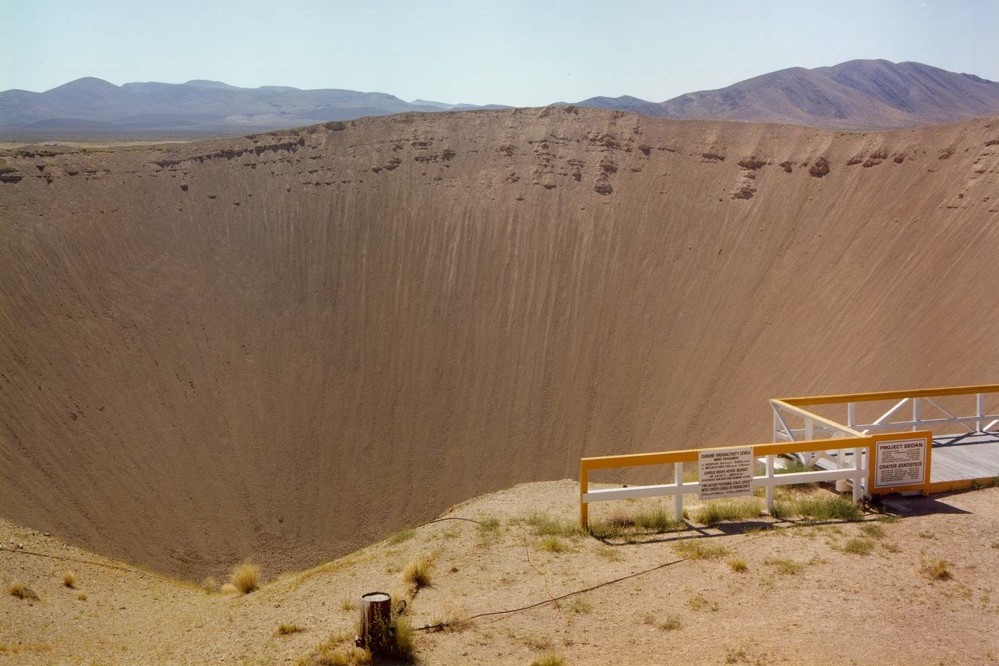
19 Facts about the Nevada Test Site
Formerly referred to as Nevada Proving Grounds, Nevada Test Site (NTS) officially, Nevada National Security Site (NNSS), is a nuclear testing site ran by the U.S. Department of Energy. The site is located in Nye County, Nevada, about 65 miles northwest of Las Vegas and covers 1,360 square miles of land. A total of 928 nuclear explosive tests have been carried out between January 1951 and September 1992.
1. Nevada Test Site History
After the end of World War II, the West was still the ideal location for nuclear experimentation during the Cold War era. In December 1950, The Atomic Energy Commission allocated a vast unpopulated desert northwest of Las Vegas as the Nevada Proving Ground for atmospheric atomic testing. The first atomic detonation happened on January 27, 1951. By 1957, underground bomb testing started to avert radioactive effects.
2. Survivability Testing
Testing effects of nuclear detonation was conducted on vehicles, and utility stations, as well as on other structures placed various distances from detonation areas. The testing paved the way for the development of guidelines later given to the public to increase the rate of survival in case of a spaceborne nuclear attack.
3. Major Environment Impacts.
The Department of Energy estimated over 300 megacuries of radioactivity in the environment by the end of underground explosions in 1992. People opposing the testing site argued that the radioactive materials buried underground were affecting the groundwater. There were 48 monitoring wells at the site, and the Energy Department added nine more deep wells beginning in 2009.
4. Nevada Testing Site Attracted Protesters
Officially, 563 demonstrations have been held at the site. There were at least 37,488 participants, and 15,740 people were arrested.
5. Last Underground Testing
Underground testing of nuclear weapons ended on September 23, 1992, honoring the Comprehensive Test Ban Treaty. However, subcritical nuclear testing continues under a management plan and the US stockpile remains.
6. The Site is One of the Las Vegas Historical Places.
NTS has attracted many visitors to Las Vegas. The National Atomic Testing Museum is not far from the Strip. Frenchman Flat is but one of the historical locations where nuclear tests were done, and visitors can see remnants in this town.
7. Modern Usage.
The site offers public tours booked months in advance. Subcritical testing still takes place to determine the viability of aging nuclear weapons.
8. Many Interesting Locations around the NTS
These locations include the National Atomic Testing Museum, the Yucca Mountain repository, Atomic Liquors, and the Sedan crater, among others.
9. Different Areas with Different Uses
Numbered as Area 1 to Area 30, these locations have held different numbers of nuclear tests and detonations.
10. Weapons Testing in Four Separate Regions
Nuclear Weapon testing occurred in Yucca Flat, Frenchman flat, Rainier Mesa, and Pahute Mesas. Weapons design, effects, and tests were conducted to develop tactics and strategies for military usage in the battleground.
11. Opportunity to View Two Types of Towers.
Visitors to the test site can see two kinds of a tower built above the shaft that was developed for underground testing. The towers, Icecap and Gabbs, are in place should nuclear resting resume. .
12. Tourism
Las Vegas experienced an increase in tourism as a result of mushroom clouds that were visible up to 100 miles away. Guests could view these clouds from hotel windows as they enjoy atomic themed cocktails.
13. NTS Fallout
There was a lot of criticism and debates concerning the amount of radiation exposure and nuclear fallout. Health issues among the surrounding population have become a controversial topic. There has been unclassified news of residents of Utah suffering from the fallout.
14. Major Nuclear Tests Timeline
Testing began in 1951 with Shot Able, Shot Charlie was conducted in 1952, the Annie and Harry in 1953, Shot Hornet in 1955, Operation Plumbbob and the Coulomb-B and C in 1957. In 1968 Schooner test was done and the U.S. did its last test in 1992 called Divider.
15. Most Comprehensive Test Series
Operation Plumbbob was the most comprehensive test series with 29 nuclear tests in 1957.
16. NTS Today
The site is no longer used for nuclear testing, but it is operated for national security needs. It is used for industry research, defense programs, and development efforts.
17. Nuclear Test Ban Treaty
Signed by President Kennedy on August 5, 1963, the treaty prohibited nuclear weapons testing and underwater explosions.
18. Waste Management Site
The NTS is now the location of a radioactive waste management complex.
19. Resumption of Tests
Nevada Test Site remains ready for the resumption of nuclear testing if the president lifts the moratorium.








